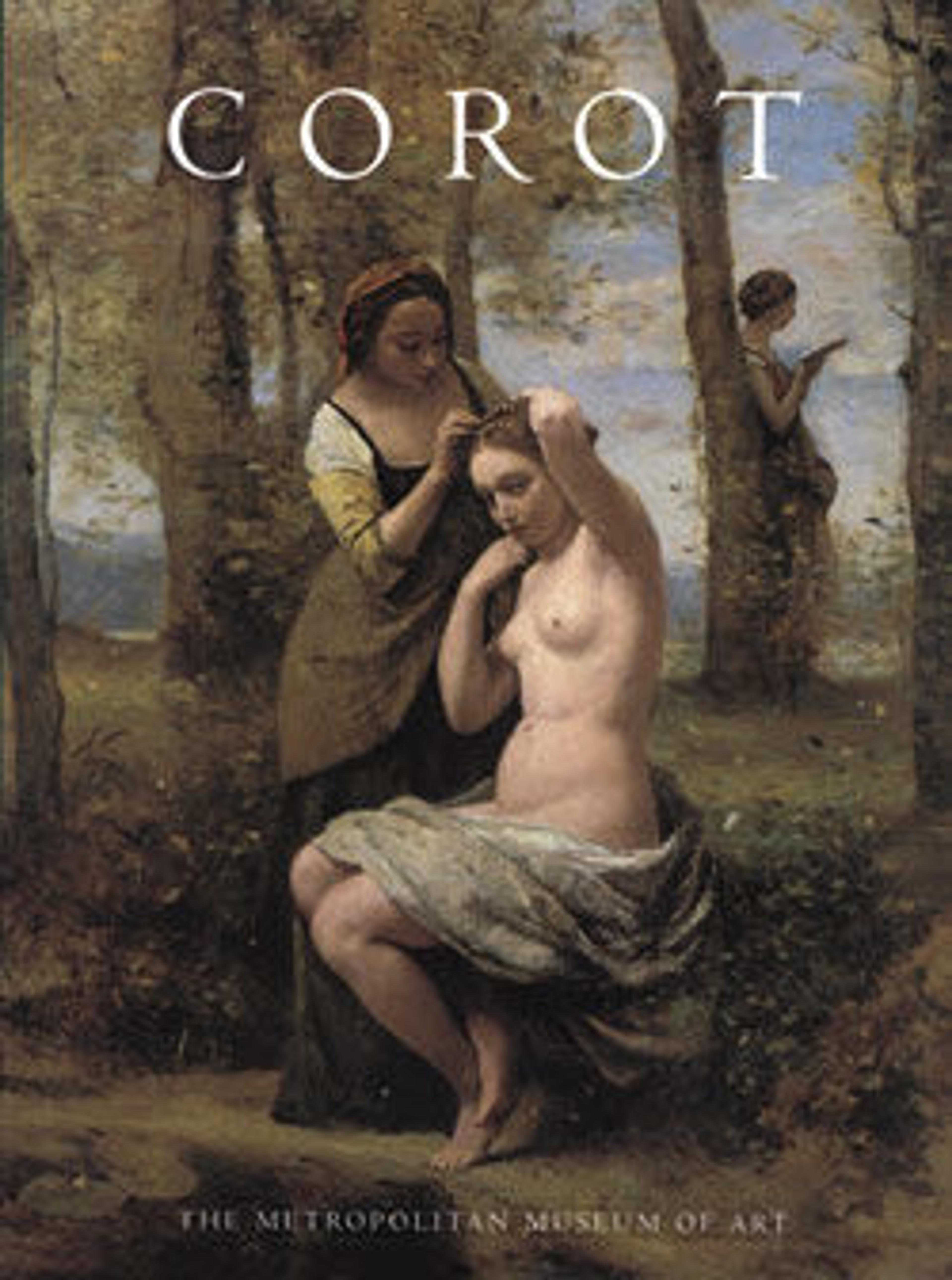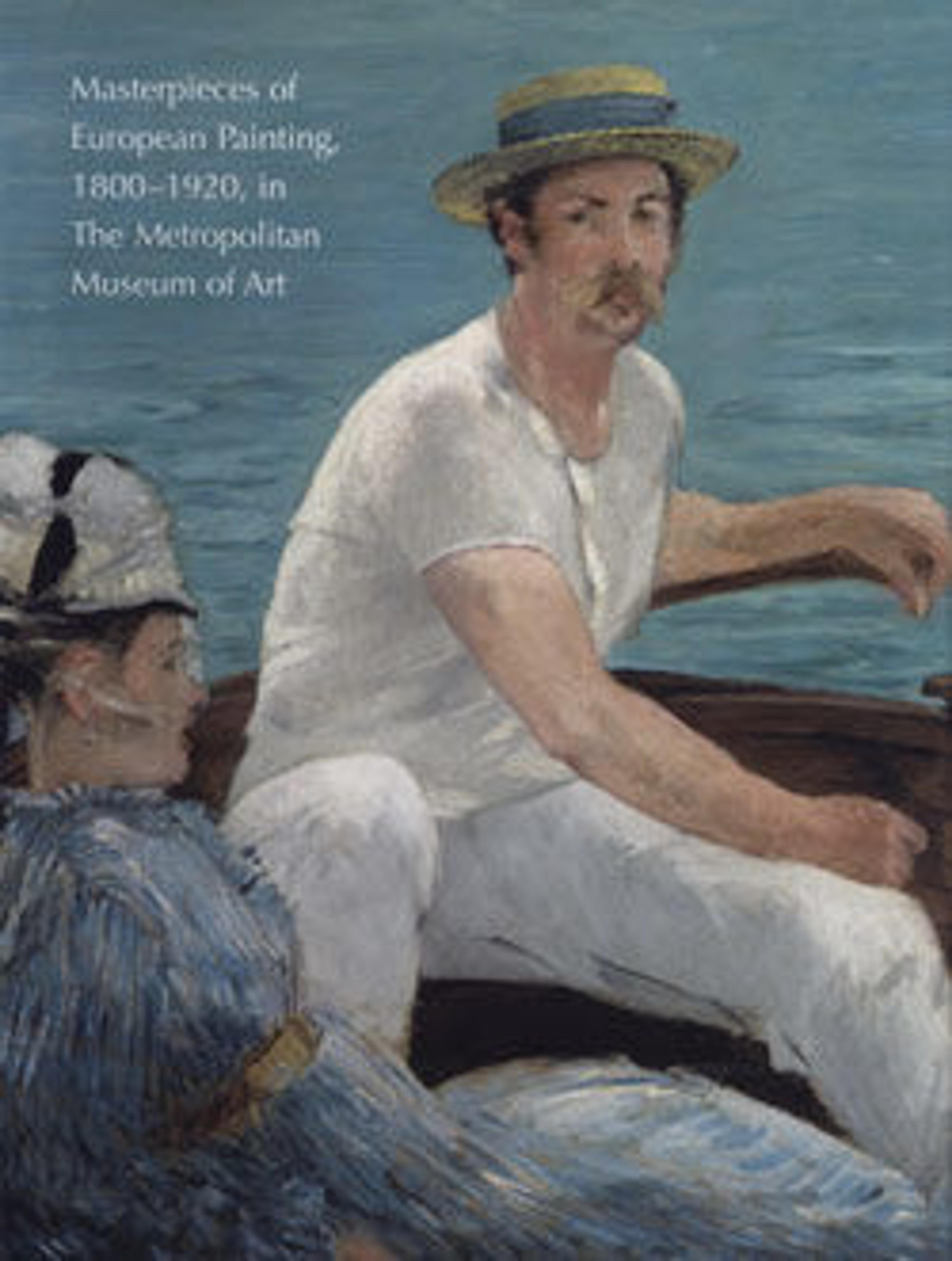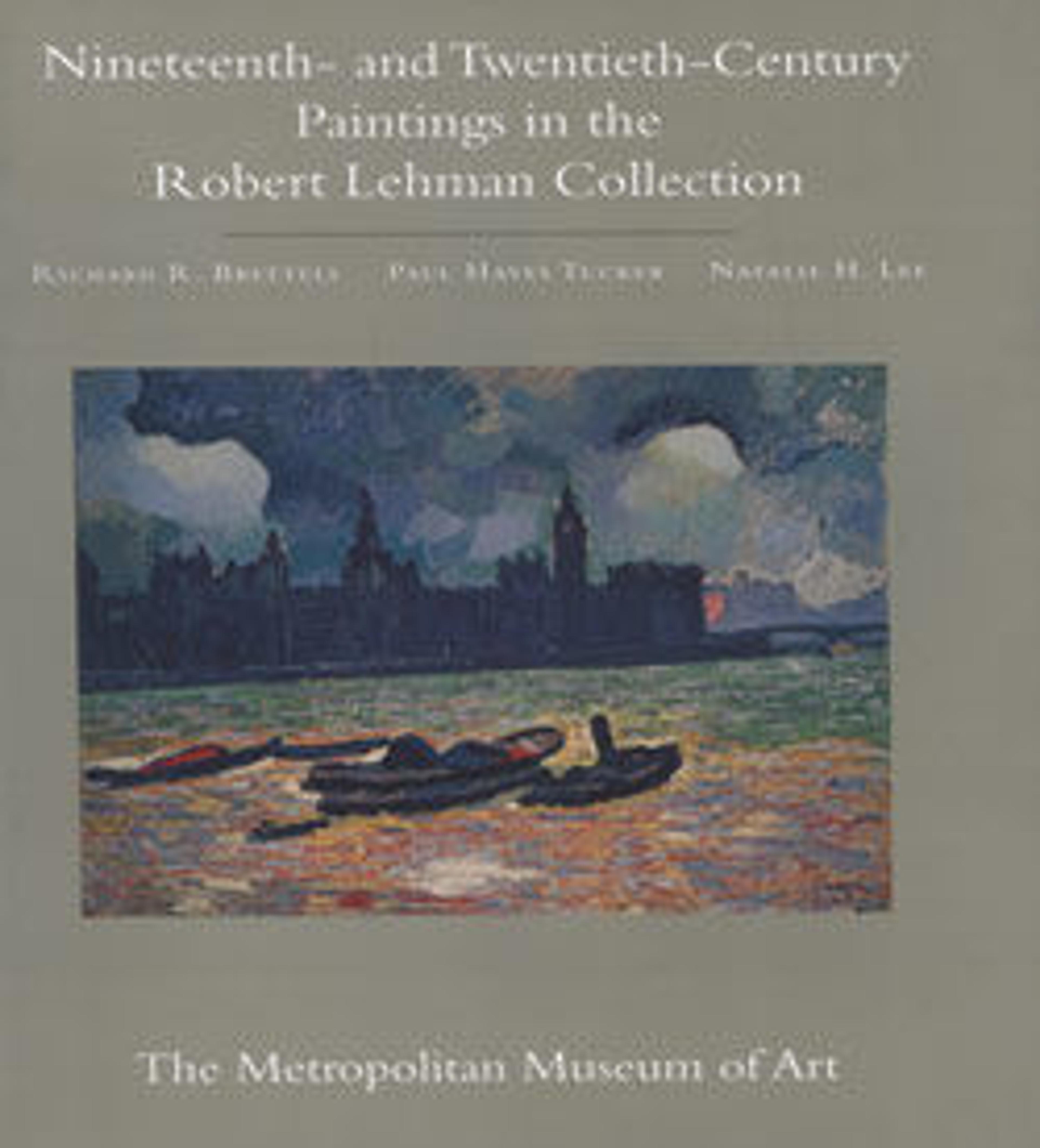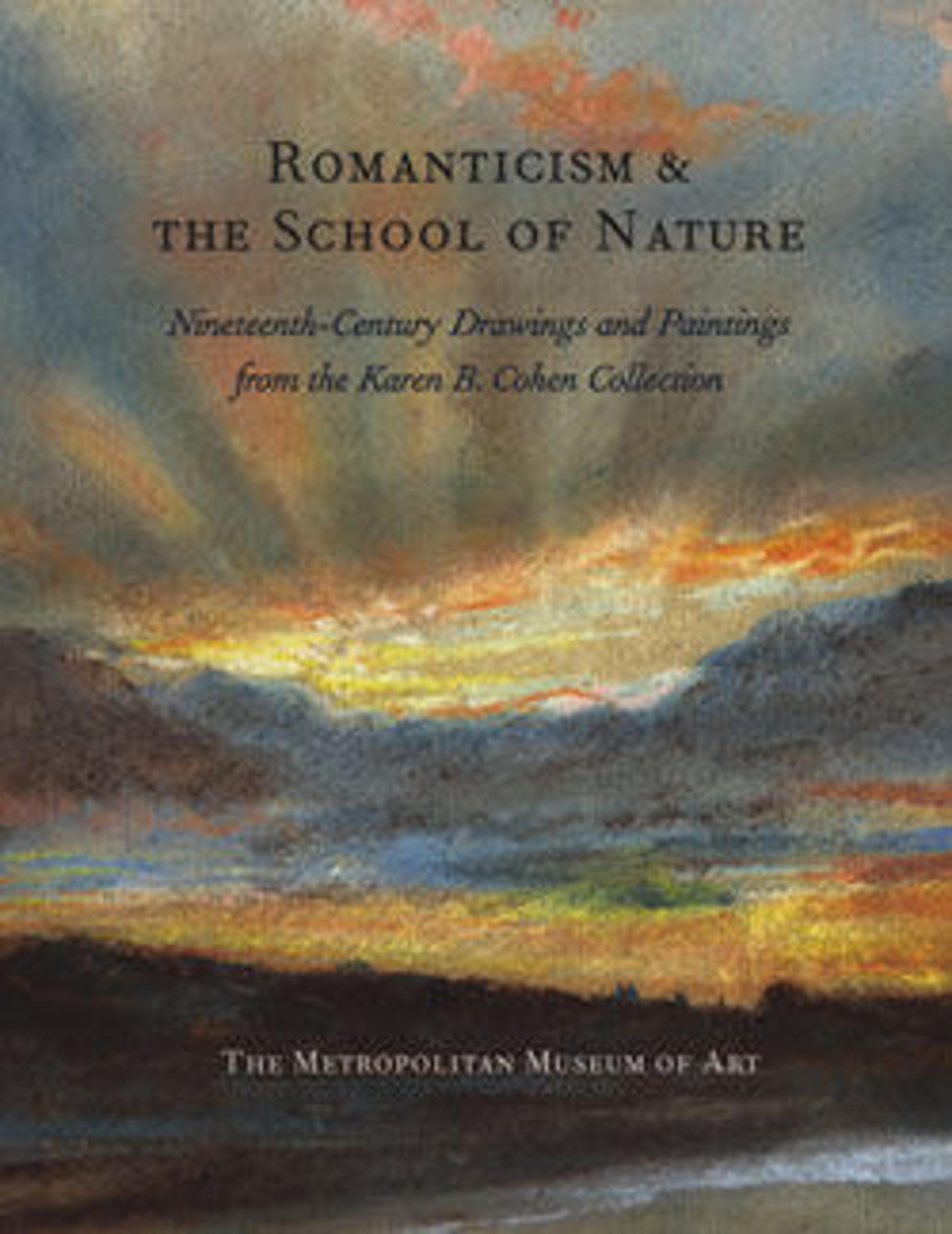Corot
Two hundred years after the birth of Jean-Baptiste-Camille Corot (1796–1875), 163 of the French artist's finest paintings have been brought together in an important exhibition that allows a public on both sides of the Atlantic to rediscover the riches and pleasures of his art. Corot, an original painter who produced a body of work of exceptional range, has been many things to many viewers. His silvery landscapes were adored by nineteenth-century collectors, and his sparkling sketches painted in plein air were later hailed as precursors of Impressionism. Art lovers have prized his figures paintings, the least well known and perhaps the most modern of all his works.
Corot's long and prolific career coincided with major artistic developments: the flourishing of Neoclassical, Romantic, and Realist tendencies; the Barbizon school; the rise of Impressionism. Although he has been claimed at various times for each of these movements, Corot defies categorization. His art was fueled by a profound love of the natural world, and the vision he pursued was his own. This catalogue of the exhibition recounts the engrossing progress of his life and art.
Corot's traditional education took him to Italy, where he painted crystalline outdoor oil studies and dedicated himself to mastering the art of classical landscape painting—a fascinating apprenticeship that is here carefully described. On his return to France he sought out views of great diversity and was among the first artists to frequent the forest of Fontainebleau. Working from his open-air studies he composed ambitious historical and mythological landscapes to exhibit at the Salons, but for some time these drew little favorable response. Undaunted, Corot continued to paint landscapes and to people them with figures of his own imagining, evolving a distinctive, poetic style. Both the critics and the public eventually grew enthusiastic, and in his later years Corot was a revered master, inundated by requests for pictures and instruction. A more private part of his oeuvre consists of the remarkable figure paintings, often depicting women in pensive attitudes, that the artist produced during this late period. Their purity and power have been admired by subsequent generations of artists. Hearty, generous, beloved, Corot was a man of good cheer but a painter of deep emotion and delicacy.
Each painting catalogued in this book is accompanied by a full art-historical discussion. Three major essays chronicle Corot's life and the development of his art; additional essays elucidate the vexed subject of forgeries and describe the collecting of his works. The volume contains much original new scholarship, a full review of the scholarly literature, a chronology, and a concordance, and it is meticulously documented throughout.
This book is published in conjunction with the exhibition "Corot," held at the Grand Palais, Paris, from February 27 to May 27, 1996; at the National Gallery of Canada, Ottawa, from June 21 to September 22, 1996; and at The Metropolitan Museum of Art, New York, from October 22, 1996, to January 19, 1997.
Met Art in Publication
You May Also Like
Press the down key to skip to the last item.
Citation
Tinterow, Gary, Michael Pantazzi, and Vincent Pomarède. 1996. Corot. New York: Metropolitan Museum of Art : Distributed by Harry N. Abrams, Inc.





